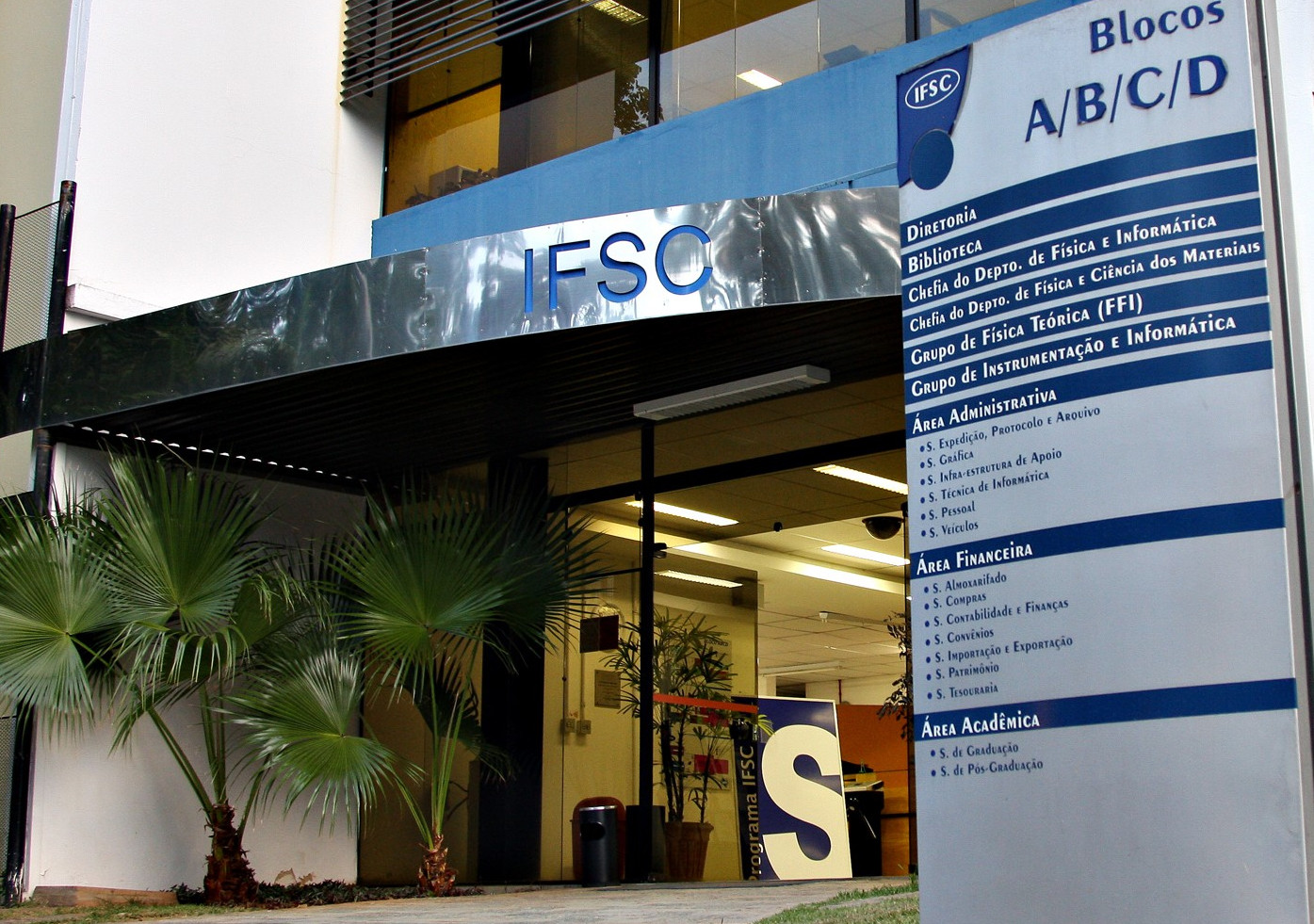 Sub-THz and 30 THz solar burst observations revealed a new spectral component, with fluxes increasing towards THz frequencies, simultaneously with the well known component peaking at microwaves, bringing challenging constraints for interpretation. The THz flare spectra can be completed with measurements made from space. A new system of two photometers was built to observe the Sun at 3 and 7 THz named SOLAR-T. An innovative optical setup allows observations of the full solar disk and detects small bursts with sub-second time resolution. The photometers use two Golay cell detectors at the foci of 7.6 cm Cassegrain telescopes. The incoming radiation undergoes low-pass filters made of rough surface primary mirrors and membranes, 3 and 7 THz band-pass filters, and choppers. The system has been integrated to redundant data acquisition system and Iridium short-burst data services telemetry for monitoring during the flight. SOLAR-T has been flown coupled to U.C. Berkeley solar hard X-ray and gamma-ray imaging spectro-polarimeter GRIPS experiment launched on a NASA CSBF stratospheric balloon from U.S. McMurdo base on January 19, 2016, on a trans-Antarctic flight. The mission ended on January 30. The SOLAR-T on-board computers were recovered from the payload that landed in the Argentina Mountain Range, nearly 2100 km from McMurdo. The SOLAR-T performance was successfully attained, with full space qualification of instrumentation. Calibrations, pointing and tracking conditions are described. Solar disk brightness temperatures were determined, 5300K at 3 THz and 4700K at 7 THz. The burst data reduction is in progress, with sensitivity of the order of 1 % of the full solar disk emission level at both frequencies. A first impulsive event analyzed in more detail was detected on January 28, 2016, at 3 and 7 THz, peaking at 12:12:10 UT, time coincident with impulsive burst detected at 0.2 and 0.4 THz by ground-based Solar Submillimeter Telescope, SST, in Argentina, while tracking AR14289 (N10E25). Simultaneous bursts were detected in Ha by HASTA (Argentina) and in EUV by SDO. One EUV bright arch feature “falls” towards the solar surface hitting the footpoint precisely at the same time of the burst. Other detections are being analyzed. Spectral trends in the sub-THz and THz bands indicate fluxes increasing with frequency at both ranges, with a possible break in intensity somewhere between 0.4 and 3 THz.
Sub-THz and 30 THz solar burst observations revealed a new spectral component, with fluxes increasing towards THz frequencies, simultaneously with the well known component peaking at microwaves, bringing challenging constraints for interpretation. The THz flare spectra can be completed with measurements made from space. A new system of two photometers was built to observe the Sun at 3 and 7 THz named SOLAR-T. An innovative optical setup allows observations of the full solar disk and detects small bursts with sub-second time resolution. The photometers use two Golay cell detectors at the foci of 7.6 cm Cassegrain telescopes. The incoming radiation undergoes low-pass filters made of rough surface primary mirrors and membranes, 3 and 7 THz band-pass filters, and choppers. The system has been integrated to redundant data acquisition system and Iridium short-burst data services telemetry for monitoring during the flight. SOLAR-T has been flown coupled to U.C. Berkeley solar hard X-ray and gamma-ray imaging spectro-polarimeter GRIPS experiment launched on a NASA CSBF stratospheric balloon from U.S. McMurdo base on January 19, 2016, on a trans-Antarctic flight. The mission ended on January 30. The SOLAR-T on-board computers were recovered from the payload that landed in the Argentina Mountain Range, nearly 2100 km from McMurdo. The SOLAR-T performance was successfully attained, with full space qualification of instrumentation. Calibrations, pointing and tracking conditions are described. Solar disk brightness temperatures were determined, 5300K at 3 THz and 4700K at 7 THz. The burst data reduction is in progress, with sensitivity of the order of 1 % of the full solar disk emission level at both frequencies. A first impulsive event analyzed in more detail was detected on January 28, 2016, at 3 and 7 THz, peaking at 12:12:10 UT, time coincident with impulsive burst detected at 0.2 and 0.4 THz by ground-based Solar Submillimeter Telescope, SST, in Argentina, while tracking AR14289 (N10E25). Simultaneous bursts were detected in Ha by HASTA (Argentina) and in EUV by SDO. One EUV bright arch feature “falls” towards the solar surface hitting the footpoint precisely at the same time of the burst. Other detections are being analyzed. Spectral trends in the sub-THz and THz bands indicate fluxes increasing with frequency at both ranges, with a possible break in intensity somewhere between 0.4 and 3 THz.




